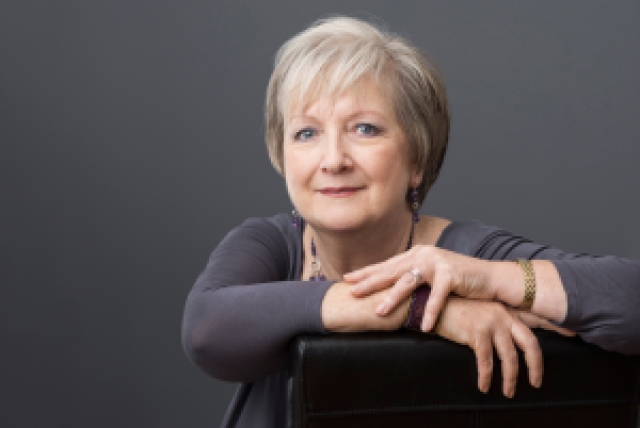Book Review: Catherine Dunne’s “The Years That Followed” Is A Look Into Women & Love
Taking place in 1989, but journeying back to the 1960’s, The Years That Followed is a time-traveling, international novel, where Dubliner Calista is swept away to Cyprus to live a life of housewife to rich, handsome, and quietly conniving Alexandros. Yet, how does this Irishwoman connects to the life of Pilar, a poor,young Spanish woman trying to make way for herself? The answer is murder! Yes, this novel from acclaimed, best-selling writer Catherine Dunne is a thrilling tale of revenge, but it is also a humbling lesson on how women can be disenfranchised and disillusioned by love.
Through Calista and Pilar, Catherine Dunne has created two opposing figures that meet not only in a “murder mystery”, but also in a similar fate that many women live through: single motherhood. While Pilar is strong, tenacious, and, basically, a human bulldozer of determination, Calista is meeker and more moved by the desires of others than those of her own. At 17, she becomes pregnant and is married off to a Cyprus, wealthy man, Alexandros, of good repute/ family. Socially, Alexandros is gorgeous and charming, but through Calista, we learn that he is cold, manipulative, and fleeting with his attention. Thus, Calista is not only in a loveless marriage, but also with a loveless sense of self. The amount of loneliness and sadness she endures at falling for the picture of a life without realizing its uglier reality is heartbreaking. Yet, Pilar, for however perseverant her will, meets the same vulnerability of struggles and tears due to the decisions men have made unto her. Dunno masterfully presents to the audience that it is not always that women are duped by men, but that there only options of “love”/ societal “power” are “duping” men. Whether you are the quieter Calista or the force-filled Pilar, for however magnificent women are, they are not as socially powerful as the should be for both their prosperity and protection.
What struck me most about The Years That Followed is not the psychological undercurrents of its murderous plot, but the mindful/emotional analysis of male domination over women. I want to clarify that this 352 page book is not an “anti-man” novel, although the men in it, for the most part, are not presented as princes. Instead, this book is subtle in its development, but vivid in its detailing of the spiritual turmoils that women undergo, for however strong, in not having social equality and empowerment. For however bright and kind, Calista and Pilar are, although they have their faults, their virtues are strictly for their own morality and not the foundation for their economic, societal, and political clout, of which they have none. Even Calista’s “lavish” life is produced by her superficial husband. Dunne is spectacular in building the visual, time settings of these women’s lives with a writing style and verbosity that makes you feel like you can touch the flowers and building bricks that surround Pilar and Calista. Yet, it is in the emotional details that she thrives. Every page is like the heartbeat of either Pilar or Calista, which is why, even when you disagree with their choices for their children and themselves, you walk out oddly protective of these beings. Dunne has made sure to write two fully fledged humans.
Catherine Dunne
You will cry in this book, or at least, I did. When you think of the many women whom are abandoned by their men both literally and figuratively, you say, “How sad!”, and you move on. Yet, Dunne shows you how they struggle to move on from the depression and actual ills that can occur when you are a woman whose woes are caused by the whims of men. Do not be surprised of this cinematic novel is turned into an actual film It already has the drama and fantastic story-telling on its side.Click here to buy the fantastic tale on revenge and resilience The Years That Followed by Catherine Dunne.

